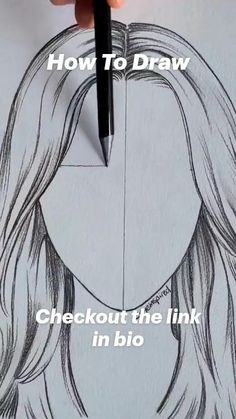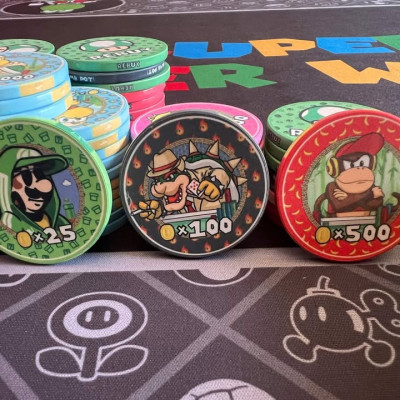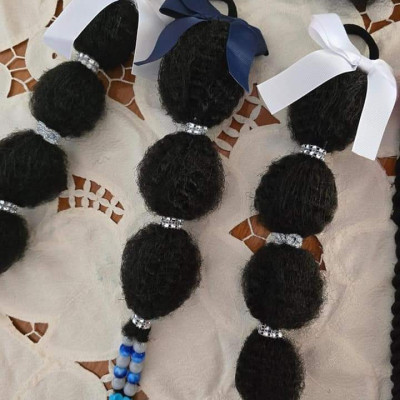How to Draw: A Comprehensive Guide to Art Drawing
Drawing is one of the most fundamental forms of artistic expression. It allows individuals to convey emotions, ideas, and narratives through lines, shapes, and forms. Whether you are a beginner looking to develop your skills or an experienced artist seeking to refine your technique, this guide will provide you with a comprehensive overview of how to draw, covering essential tools, techniques, and tips to enhance your artistic journey.
Understanding the Basics of Drawing
Before diving into the techniques, it’s essential to understand what drawing is and the basic principles that govern it. Drawing is essentially the act of marking a surface with a tool to create images or designs. The fundamental elements of drawing include:
Lines: The most basic building block of any drawing. Lines can be straight, curved, thick, thin, dark, or light. They can represent shapes, textures, and contours.
Shapes: Shapes are created by combining lines. They can be geometric (like squares and circles) or organic (like the shapes of leaves and clouds). Understanding how to create and manipulate shapes is crucial for any artist.
Forms: Forms are three-dimensional shapes. When drawing, you can give the illusion of depth and volume by shading and highlighting your forms.
Value: This refers to the lightness or darkness of a color. Value helps create contrast and depth in your drawings.
Texture: Texture gives a surface its quality and feel, whether it’s smooth, rough, shiny, or matte. You can depict texture through various line techniques and shading methods.
Composition: This is how the elements of your drawing are arranged. A good composition guides the viewer’s eye and creates balance in the artwork.
Essential Drawing Tools
Having the right tools can make a significant difference in your drawing experience. Here are some essential tools for artists:
Pencils: Graphite pencils come in different hardness levels, from 9H (hard) to 9B (soft). Softer pencils are ideal for shading, while harder pencils are great for fine lines.
Erasers: A kneaded eraser is perfect for lightening areas without damaging the paper, while a regular eraser is useful for clean corrections.
Paper: The type of paper you choose can affect the quality of your drawing. Sketch paper is excellent for practice, while drawing paper offers better texture for finished work.
Charcoal: Charcoal is great for creating rich, dark lines and textures. It can be smudged for soft shading.
Inks and Pens: Ink pens provide a different texture and permanence compared to pencils. Brush pens and fine liners are popular choices for detailed work.
Blending Tools: Blending stumps, tortillons, or your fingers can help create smooth transitions between values.
Ruler and Compass: These tools are helpful for precise measurements and geometric shapes.
Techniques for Drawing
Now that you have your tools, let’s explore various drawing techniques you can practice.
1. Contour Drawing
Contour drawing involves creating an outline of a subject. This technique helps improve your observation skills and hand-eye coordination. To practice:
Choose a simple object.
Look at the object and draw its outline without looking at your paper.
Focus on the edges and details while keeping your pencil on the paper.
2. Gesture Drawing
Gesture drawing captures the essence of a subject quickly and loosely. This technique is beneficial for drawing figures or animals in motion. To practice:
Set a timer for one to five minutes.
Draw the subject quickly, focusing on capturing the movement and energy rather than details.
Use fluid lines to convey the posture and action.
3. Shading Techniques
Shading adds depth and dimension to your drawings. Here are some common shading techniques:
Hatching: Drawing parallel lines to create a shaded effect. The closer the lines, the darker the area appears.
Cross-hatching: Layering intersecting lines to build up value.
Stippling: Using dots to create texture and shading. The density of the dots determines the darkness.
Blending: Smoothly transitioning between light and dark areas using a blending stump or your finger.
4. Perspective Drawing
Understanding perspective is crucial for creating a sense of depth in your drawings. Here’s a basic approach:
One-point perspective: Use a single vanishing point on the horizon line to draw objects receding into space.
Two-point perspective: Use two vanishing points for more complex scenes, such as buildings or streets.
Three-point perspective: This adds a third vanishing point for more dramatic views, often used in tall buildings or looking up from the ground.
5. Still Life Drawing
Drawing still life involves creating compositions from inanimate objects. This practice helps develop your skills in observation and composition. To practice:
Set up a small arrangement of objects with varying shapes, sizes, and textures.
Pay attention to how light interacts with the objects, casting shadows and highlights.
Start with simple shapes and gradually add details.
Tips for Improving Your Drawing Skills
Practice Regularly: Consistency is key. Set aside time each day or week to draw, even if it’s just for a few minutes.
Draw from Life: Observing real-life subjects will enhance your ability to capture details and proportions accurately.
Experiment with Different Styles: Try various styles and techniques to find what resonates with you. This will help you develop your unique artistic voice.
Study the Work of Other Artists: Analyze the techniques of artists you admire. This can inspire your work and provide new ideas.
Take Breaks: Step away from your work occasionally. A fresh perspective can help you see areas for improvement.
Seek Feedback: Share your work with others and be open to constructive criticism. This can provide valuable insights and encouragement.
Keep a Sketchbook: Maintain a sketchbook for practice, experimentation, and doodling. It’s a great way to track your progress.
Conclusion
Drawing is a rewarding skill that opens up endless possibilities for creative expression. By understanding the fundamental elements, practicing various techniques, and consistently honing your skills, you can develop your drawing abilities and create compelling artwork. Remember, the journey of becoming a skilled artist takes time and patience, so enjoy the process and have fun exploring your creativity!






